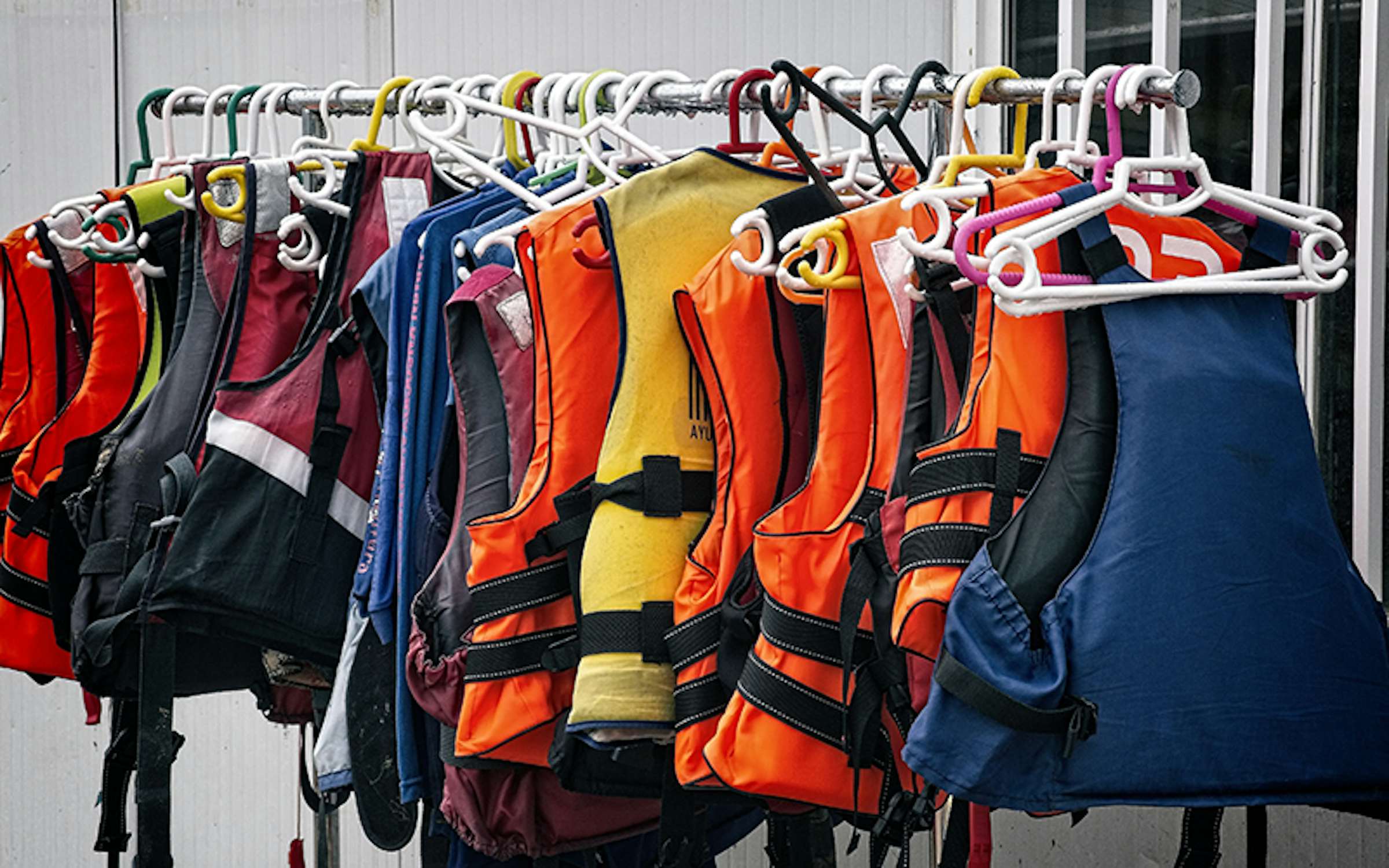
Taking care of your lifejacket
A life jacket is not a forever-after purchase; rather, it comes with a lifespan, estimated to be about 10 years. Manufacturers tend to be united in the belief that lifejackets can last up to a decade, although it can be less depending on deterioration from age or usage… and how much care you put into looking after it.
Heat, salt water and sunlight can damage lifejackets. Proper care and storage of your jacket can prolong its usable life. There is also information available (on the Maritime New Zealand site and many others) on how to maintain different lifejackets.
Advice includes the following list of reminders:
- After using your jacket, wash it in fresh water. If the jacket is soiled, wash in warm water using a mild soap - rinse thoroughly
- Automatic-inflating lifejackets should be wiped with a wet sponge - not rinsed
- Dry your lifejacket in open air, preferably out of direct sunlight and away from heat
- If you’re using your lifejacket around grease and chemicals - you need to check the fabric regularly to make sure it hasn’t disintegrated
- Store it in a dark, dry place - hang if possible
- Don’t store folded or compressed under a heavy object
- Don’t dry clean lifejackets - the chemicals can dissolve the foam
- When you’re storing it, do a quick safety check - look for corrosion, wear, damage and leaks.
The above are the basic essentials. For more in-depth, sound advice check out this surtees site, which offers further valuable advice.
Also worth noting is the fact that, what may have been deemed a suitable life jacket 10-or-more years ago, is now considered a safety risk. In the past, lifejackets made with kapok filling and/or cotton straps were widely used in New Zealand.
“These lifejackets are now too old, may not keep people afloat in an emergency and should be replaced as soon as possible,” is the warning on the Maritime New Zealand site. In total agreement is Coastguard NZ - such lifejackets should be destroyed and replaced, these lifesavers say. Check these websites too, on recommended ways of disposing of them.
Basically, you need to wear a lifejacket that works. The only way to know it’s safe is to heed advice such as that above and check your lifejacket regularly. An unsafe life jacket may look in perfect condition. So, how to check?
Once again, it’s Maritime New Zealand to the rescue with some advice. As a starting point, check your lifejacket with these simple tests: (note, however, this does not replace expert advice)
- Pull the straps, hard. If any of them stretch or tear, do not use the lifejacket, destroy, and replace them.
- Look for tears or cuts in the straps. If there are any, do not use the lifejacket. Destroy and replace.
- Check for tears, cuts, or punctures in the lifejacket. If there are any, do not use the lifejacket, destroy and replace it.
- Check if it floats. Check with the manufacturer or lifejacket service centre.
Be aware the above does not replace expert advice. Understandably, the NZ drowning prevention organisation has plenty of advice on life jacket maintenance too. Have a read of this site.
If you have an inflatable lifejacket, then there are additional maintenance requirements. Ensure it’s regularly serviced and check the gas cylinder is properly secured and not corroded. Comfortable and lightweight, inflatable lifejackets are becoming the gold standard for safety on the water, according to the boatiesbestmate website. They do need more maintenance and this site outlines what’s required. Check out this site as another excellent reference point on inflatable jackets.
The benefits of inflatable life jackets are clear; lightweight comfortable and compact. It’s no wonder they’re becoming increasingly popular, says the team at HutchWilco.
“However, what a lot of these people do not realise is that the mechanisms that trigger these jackets to inflate need to be checked to ensure everything is operational.
“Commercially, they need to be serviced annually by a certified service company but recreationally no such rules apply.”
Accordingly, the team at HutchWilco advise owners of inflatable lifejackets to self-service their jacket once a year. All it involves is a couple of simple steps to make sure your inflatable is up to scratch and will work when you need it to most. Check the HutchWilco site for a video lesson of just how to do that. If learning visually works best for you, then check out this clip too.
In synopsis: look after your lifejacket… one day it may need to look after you!
Looking for the right cover on the water in New Zealand in 2022?
No matter what your plans are on the water in 2022, Mariner Insurance is here to support you. We have been offering Kiwis specialist marine insurance in New Zealand for over a decade with cover for all types of boats and watercraft. Just talk to us about what you’re doing on the water, and we can tailor one of our insurance policies to fit.